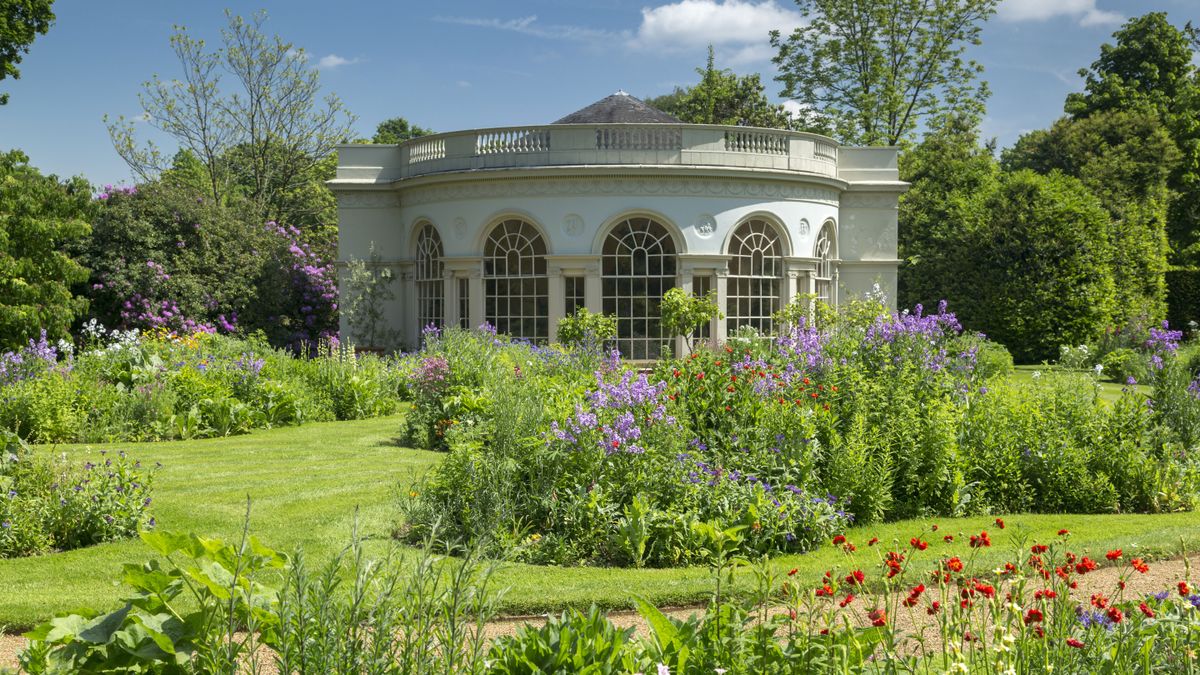Native rudbeckia adds a bright splash to the garden.
Johnson County Extension
Incorporating native plants into the landscape is growing in popularity. Native plants have many benefits, as they can be more resilient in our ever-changing climate, while helping to support a network of beneficial insects and pollinators.
Designing the landscape with the addition of natives can be a challenge. Breaking it down into steps simplifies the process for greater success.
When looking through design sites, you will see these pristine plantings. It is easy to become overwhelmed. Remember, these sites are photos taken by a professional photographer and at the peak of showing. These plantings are hard to duplicate.
Designing a native garden should reflect your style. Many of us are switching our already planned gardens from less exotic, nonnative to more native plants. In this case, the steps to design are similar.
It starts with the right plant in the right place. Native plants are no different from other plants, except they come from our local habitats.
Start by knowing your site. How many hours of sunlight does it receive? How will you manage water? Do you want a more natural planting dependent on rainfall? This information helps build a plant list.
Gardening style also comes into play. Like exotic perennial gardens, native gardens can be formally maintained or take on more of a wild side. Gardens in highly visible areas or gardeners concerned about city codes should lean toward the maintained look.
However, it’s important to remember a native garden still requires a degree of maintenance. A no-maintenance garden does not exist.
Like the exotic or non-native plants, native plants have positive and negative attributes. One of the less desirable properties of native plants is the natural ability to spread either by seed, runners or rhizomes.
Spreading plants may sound wonderful with their ability to fill in areas. Because they are often more resilient, it sometimes doesn’t end well.
Rapidly spreading plants increase garden maintenance. When left unchecked, they choke out the other plants. The result is a garden filled with a few plants and increased work to remove the undesirables. Native plants that are slower spreading or clump-forming are best for smaller landscape perennial beds.
Lastly, keep in mind native gardens in the home landscape are not native plantings. These plants are being planted in disturbed soils and not placed in their native ecosystems. Native plants can fail and die just as exotic plants. They are not foolproof.
Akin to our perennial garden, expect some plants not to work in your location. It will be a trial and error.
Incorporating natives is not difficult for gardeners. It is about expanding our plant palette to embrace plants naturally found all around us. The steps to planning and planting are no different.
Keeping these thoughts in mind removes the challenges of embracing natives. By selecting the right plants and providing maintenance for success, you will have a garden that is not only beautiful but also benefits the world around us.
Dennis Patton is a horticulture agent with Kansas State University Research and Extension. Have a question for him or other university extension experts? Email them to [email protected].

